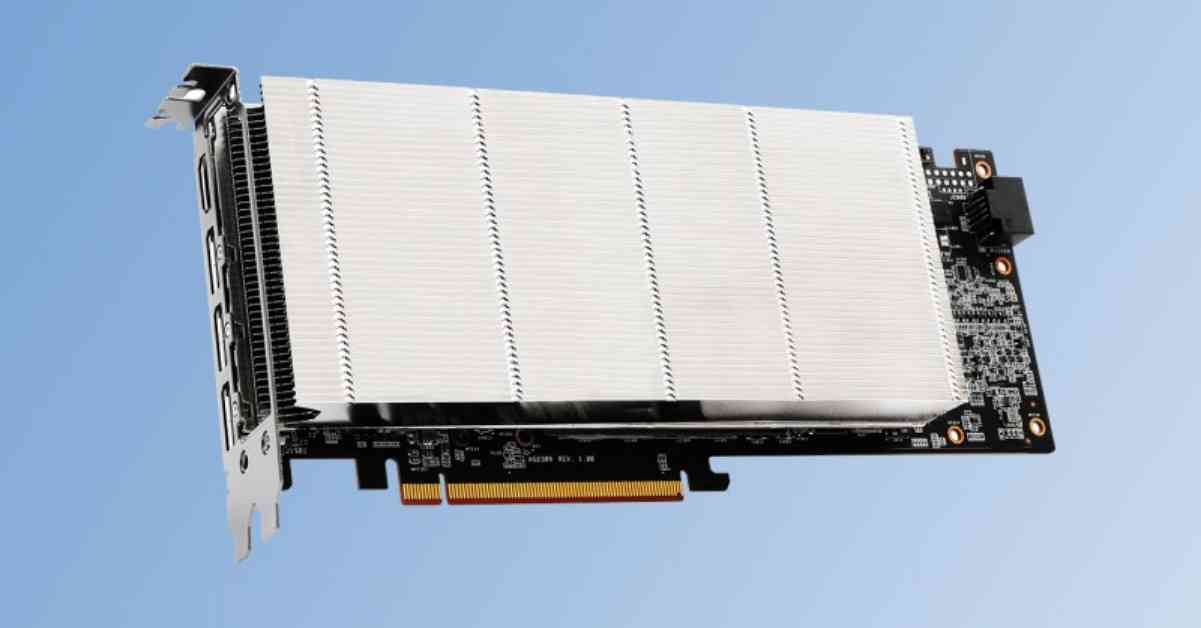ASRock has recently unveiled two new AMD GPUs, the RX 7900 XTX Passive and the RX 7900 XT Passive, which are fanless and rely on passive cooling. These GPUs are part of AMD’s RX 7000 series and come with a grooved vapor chamber heatsink that helps move heat away from the card. The GPUs are described as “multi-cards for accelerated computing” by ASRock and have slightly lower specs compared to their air-cooled versions.
The RX 7900 XTX Passive has a boost clock of 2.5GHz, which is slightly lower than the Taichi OC version of the card. Despite the passive cooling, the VRAM and bus width remain the same in both GPUs. The 12V-2×6 power connector has been strategically placed on the edge of the PCB for easier cable management.
While the release date and pricing of these passive GPUs are still unknown, they are likely to be more suitable for settings that require higher performance, such as AI workloads or multi-GPU solutions. The 355-watt TDP of the 7900 XTX may pose cooling challenges in gaming chassis, making them more suitable for other specific settings.
In other news, a new GPU connector called 12V-2×6 is being tested as a replacement for the 12VHPWR connector, known for causing GPU malfunctions. The new connector can deliver up to 660W of power to a graphics card, making it safer and more reliable than its predecessor.
Additionally, a YouTube channel has demonstrated that tweaking AMD’s RX 7800 XT can lead to surprising results, outperforming Nvidia’s RTX 4070 in games while being more cost-effective. However, the power consumption of the RX 7800 XT is higher, but undervolting the card can help mitigate this issue.
Lastly, despite AMD’s statement that they are done with new GPU dies, a filing with the European Economic Commission (EEC) suggests that AMD might still release new graphics cards in its RX 7000 range. The filing indicates the possibility of an RX 7600 XT launch in the future, raising questions about the future of AMD’s GPU lineup.
It’s interesting to see these developments in the GPU industry, from innovative cooling solutions to potential new releases from major manufacturers. As technology continues to evolve, consumers can expect more advancements and options in the GPU market.












